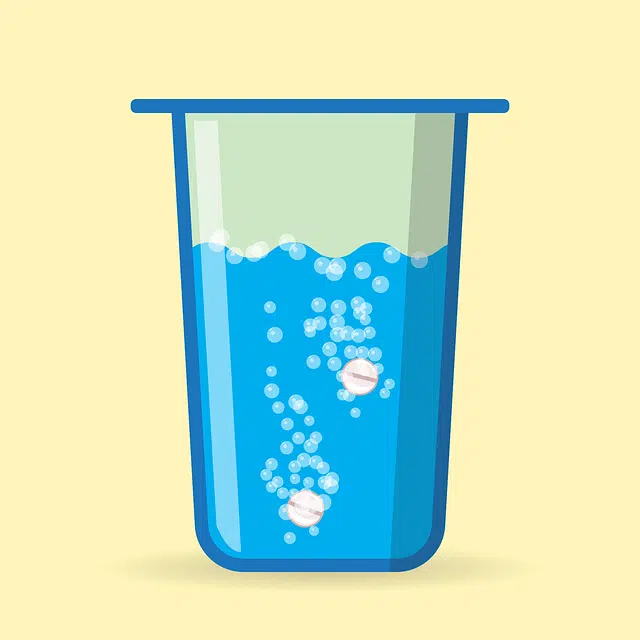
A solution is obtained when a solute is dissolved in a solvent.
Dissolution comes from the Latin dissolutĭo . The term refers to the action and effect of dissolving (separating what was united in some way, mixing the molecules of a substance homogeneously within a liquid).
The solution or solution , therefore, is the homogeneous mixture resulting after dissolving any substance in a liquid. In a solution, it is possible to distinguish between the solute (the substance that dissolves in the mixture and that usually appears in smaller quantities) and the solvent or solvent (the substance where the solute dissolves).
The relationship between the amount of solute and the amount of solvent is known as the concentration of the solution. The higher the proportion of dissolved solute, the higher the concentration, and vice versa.
Dissolution Types
Within the field of physics and chemistry, it is worth highlighting the fact that we find a great variety of types of solutions. Thus, for example, we come across what is called aqueous . It receives this name because the solvent in it is water.
In the same way, we could talk about what is known as colloidal dissolution , which develops fundamentally within the chemical field. It is basically a compound that is the result of having carried out the dissolution of a colloid (system formed by two or more phases) in what would be a specific fluid.
And we must not forget one of the most frequent solutions. We are referring to what is known as solid , which is one that occurs as a result of having achieved a homogeneous mixture from two or more substances.

The breaking of a bond can be referred to as dissolution: divorce, for example, involves the dissolution of the marriage.
Other classifications
Likewise, if the criterion that we take into account to classify solutions is the quality and quantity of the concentration, we would have two other major classifications: the empirical ones and the evaluated ones.
The first are those in which what is taken into account is the quality of both the solvent and the solute. In this way, within them there are saturated ones, supersaturated ones, concentrated ones, unsaturated ones...
The second, for its part, are those that oppose the previous ones. That is, they do take into account the amount of solute and solvent that exists. This gives rise to two types: molar and percentage solutions.
Dissolution vs. suspension
It should be noted that a dissolution is not the same as a suspension ; In the latter case, it is a mixture in which the solute is not completely dissolved, but can be found dispersed in small particles.
Salt dissolved in water is an example of dissolution, where the salt acts as a solute and water takes the role of solvent. Dissolving alcohol in water is another example.
Breaking a bond
Dissolution, on the other hand, refers to the breaking or relaxation of existing ties between several people .
“Alcoholism, like any other addiction, can cause the dissolution of a family”, “Injustice and inequality can lead the country to its dissolution” y “The dissolution of society is a latent threat in the face of these levels of violence” son expresiones que muestran este uso.
